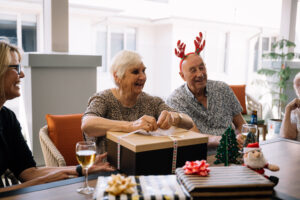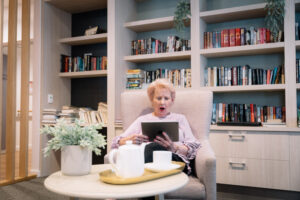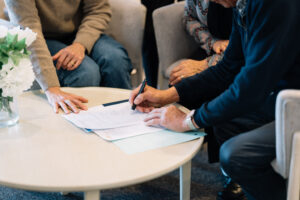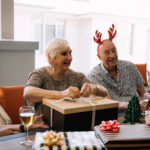Oedema is swelling, caused by excess fluid trapped in one’s body tissues. The swelling can be from an injury or inflammation affecting the entire body or a small area. Oedema happens most often in the feet, ankles, and legs, but can affect other parts of the body, such as the face, hands, or abdomen.
What causes Oedema?
- Blood clots
- Surgery
- Physical inactivity, especially sitting or staying in one position for too long
- Hereditary predisposition
- Heat, burns, trauma or an allergic reaction
- High altitudes, because of gravity
- Poor nutrition and excessive salt intake
- Heart, liver, kidney, or thyroid disease
- Certain medications used for blood pressure, controlling pain, diabetes as well as prescriptions for Alzheimer’s and Parkinson’s
What are the signs of Oedema?
- Affected area is swollen or puffy
- Trouble walking with swollen legs
- Coughing or trouble breathing with oedema in the lungs
- Swollen area may look stretchy, shiny, or discoloured
- Pushing on the swollen area leaves a dimple in the skin
- Increased abdominal size and weight changes
- Stiff joints or aching body parts
What are possible underlying health conditions?
- Tumours
- Weakness or damage to veins in your legs
- Cirrhosis
- Congestive heart failure
What are the complications associated with Oedema?
- Decreased blood circulation
- Risk of infection in the swollen area
- Painful swelling and stiffness
- Itchy or uncomfortable skin
- Increased risk of scarring between the tissue layers
- Risk of skin ulcers
What is the treatment?
- Keep feet and arms elevated throughout the day and whilst sleeping, to prevent swelling and pooling. Using pillows, wedges and sling supports to assist with elevation.
- Keep moving. To reduce swelling, eliminate excess fluid, circulate the blood, and strengthen the cardiovascular system.
- Decrease fluid intake. Whilst we need water to stay hydrated, less is more with Oedema, but check with your doctor first.
- Compression Therapy / Massage. Invest in compression stockings, sleeves, or gloves to prevent fluid build-up in the affected areas. Also apply pressure to these areas with massage to help circulate excess fluid.
- Keep affected areas clean and protected with shoes, socks, and other clothing to prevent injuries and infections.
- Eat a healthy and low-sodium diet
A number of our Homestyle residents have suffered from Oedema, then recovered and been able to participate in our homes’ activities. In Homestyle’s Lifestyle Program an individual’s activity can be adjusted accordingly, to accommodate their recovery. If you would like to know more details, or to contact one of our homes, please call us on 1300 104 663 or email us here.






